> The exhibition
The exhibition
Organized on the occasion of Pierre Boulez’s ninetieth birthday, this exhibition puts the multiple aspects of his work, his thought and the encounters that have marked his career into perspective. Its chronological unfolding is punctuated by a selection of major works by the composer, alternating with the undertakings that shaped his singular trajectory.
The exhibition
1944
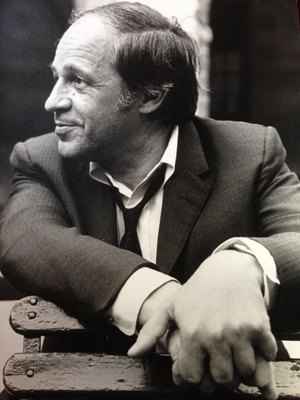
© Pierre Petitjean
The Post-war years
Pierre Boulez enrolled at the Conservatoire in 1943 and then, a few weeks before the Liberation of Paris, he joined the class of Olivier Messiaen. In this class he discovered the major works of the twentieth century, from Ravel and Debussy to Stravinski and Bartók… Then, in private classes, he was taught by Andrée Vaurabourg and René Leibowitz, whom he soon would criticize for having a sterile approach to twelve-tone composition. During his years of study, Pierre Boulez wrote Notations for the piano, frequented Parisian galleries, read literary journals, discovered Kafka and Mallarmé. En route to meet René Char in Provence, he discovered Paul Klee’s work in Avignon.
1947
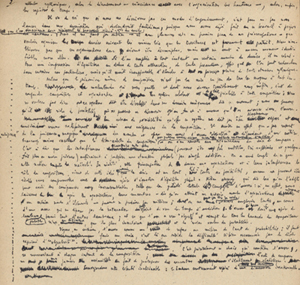
« Éventuellement… », vers 1951-1952
Manuscrit autographe
Collection Pierre Boulez
Fondation Paul Sacher, Bâle
© Ed. Christian Bourgeois
Second Sonata
The Second Sonata is a ground-breaking work that shatters language and explodes the sonata form. It bears witness to the aesthetic shocks Boulez experienced and announces the adoption of the radical positions that would follow. Its paroxysmal aspect marks his search for a more direct relationship with the material, echoing the poetics of Artaud and Michaux.
1950
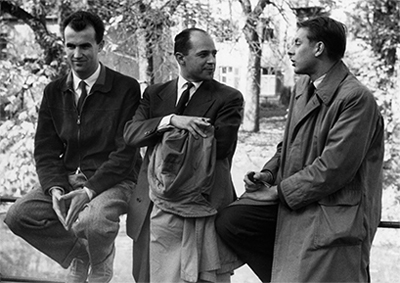
© Südwestrundfunk / Dr. G.W. Baruch
The Compagnie
Music director of the Compagnie Renaud-Barrault, Pierre Boulez went on tour and discovered South America in 1950 and, two years later, the United States and Canada. In New York, thanks to John Cage, he read the poetry of Cummings; he also met De Kooning, Guston, Pollock, Calder, Varèse and Stravinski. In Paris, he met numerous intellectuals, art gallery owners, painters and literary figures such as Nicolas de Staël, Henri Michaux or Alberto Giacometti. With Pierre Souvtchinsky’s help, Boulez organized several concerts in this salon. It is also during this period that he would forge friendly and close-knit dialogues on composition with Cage, Stockhausen, Berio, Maderna, Nono, Pousseur, Zimmermann – in Paris, at Darmstadt or at the Donaueschingen Festival.
1955
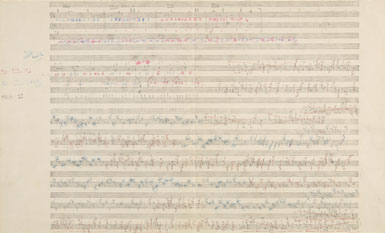
Le Marteau sans maître
Esquisse préparatoire de Bel édifice et les pressentiments, double (no 9)
Collection Pierre Boulez
Fondation Paul Sacher, Bâle
© Avec l’aimable autorisation de Universal Edition A.G., Vienne
Le Marteau sans maître
For the third time – after Le Visage nuptial and Le Soleil des eaux, Pierre Boulez chose to write a piece on a text by René Char: Le Marteau sans maître (The Hammer without Master). Based on three different poems, he composed nine pieces that he intertwined so as to create a new circulation in the work. Le Marteau sans maître bears witness to his study of non-European music begun ten years previously and a taste for the theatre of the Far East. The duration, instrumentation, organization of the texts and the solo voice link this work with Pierrot Lunaire by Schoenberg (1912), whose universe and writing was of interest to Boulez in various respects.
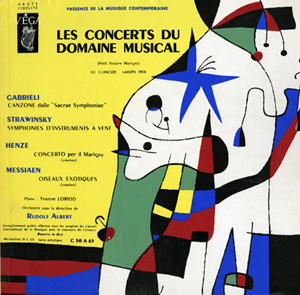
Gabrieli, Stravinsky, Henze, Messiaen
Disque Véga, coll. « Présence de la musique contemporaine »
Couverture d’après une maquette originale de Joan Miró
Domaine musical
Born under Jean-Louis Barrault’s kindly wing in the heart of Winter 1953–1954, the concerts held at the Petit Théâtre Marigny were known as “Domaine musical” from their second season onwards. Having attended these first concerts, Nicolas de Staël devoted the last ten days of his life to an immense painting, Le Concert, directly inspired by the concerts of Webern and Schönberg given on the 5th and 6th March 1955. His tragic demise prevented Boulez from asking him to design a record cover as he did with Masson, Ubac, Zao Wou-Ki, Miró and Giacometti, equally faithful auditors who would work for the emblematic record sleeves of Véga records.
1957
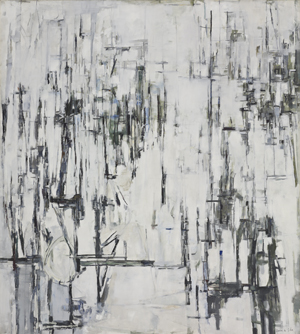
Hiver, 1960
Huile sur toile
© Collection Fondation Gandur pour l'Art, Genève, Suisse. Photo : Sandra Pointet / ADAGP, Paris 2015
Pli selon pli and Third Sonata
In 1957, the Third Sonata is, with Klavierstück XI by Stockhausen, one of the very first examples of what Umberto Eco would theorize years later under the term “open work”. Fuelled by the poetics of Mallarmé in Coup de dés (“Throw of dice”) or Joyce in Finnegans Wake, these works give the performer the freedom to create his own path through the score, through possibilities of interpretation offered by the composer. Pierre Boulez also began the writing of Pli selon pli. Progressively composing this Portrait of Mallarmé, each piece in this cycle questions the alliance between text and music differently.
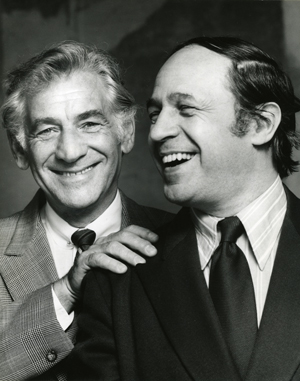
© Christian Steiner / New York Philharmonic Archives
Orchestra Conductor
It was in Caracas, in 1956, that Pierre Boulez conducted a large symphonic formation for the first time. After the premiere of Visage nuptial in Cologne, the Rite of Spring for the fiftieth anniversary of its premiere and Wozzeck by Berg at the Opéra Garnier, he conducted, at the end of the 1960s, the orchestras of Cleveland, Chicago, New York, and signed multiple contracts in Europe. In 1971, he replaced Leonard Bernstein as director of the New York Philharmonic and became the permanent conductor of the BBC Symphony Orchestra. The work carried out with these big formations marked the work of the composer, who set about rewriting orchestral partitions, composed twenty years previously.
1963
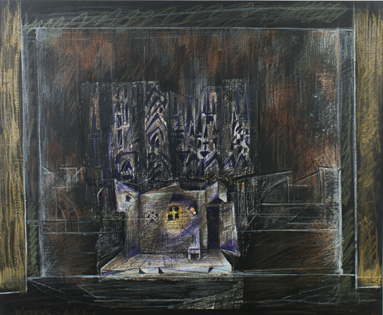
Étude préparatoire pour le décor de Wozzeck, acte I, scène 1, 1963
Pastel et collage sur papier noir
Collection particulière
© ADAGP, Paris 2015
Opera
In the middle of the 1960s, criticism of institutions and the need for their reform led Pierre Boulez to work alongside Jean Vilar and Maurice Béjart on a project to reform the Paris opera – abandoned by Vilar in 1968. After Parsifal et Tristan, which he directed in Germany and Japan, between 1966 and 1970, the end of the 1970s was marked by collaborations with Patrice Chéreau: the centenary Tetralogy, then Lulu in 1979 at the Paris Opera. Pierre Boulez then conducted two productions directed by Peter Stein – Pelleas et Mélisande by Debussy and Moses und Aron by Schönberg –, as well as a Falla-Stravinski-Schönberg triptych directed by Klaus Michael Grüber, before reuniting with Patrice Chéreau in 2007 for From the House of the Dead by Janáček.
1974

Das Geisterzimmer (Chambre des esprits), 1925
Collection particulière
© Florent Chevrot
Rituel
“Imaginary ceremony” for orchestra in eight groups of percussions, Rituel in memoriam Bruno Maderna is a tribute to the Italian composer who died on 13 November 1973. The work is organized into fifteen sequences. In the even-numbered sequences, the groups are not synchronized with each other – they thus progress like processions that, following different paths in a city, have their own unity but finally join up without being coordinated. Rituel is situated at the intersection of different research into the division of instrumental groups in space and by an interest in rituals nurtured by ethnology, theatre and poetry.
1977
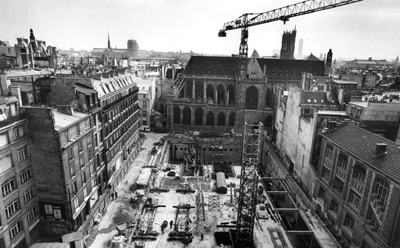
© Patrick Croix / Archives Ircam – Centre Pompidou
Tools for creation
When President Georges Pompidou asked Pierre Boulez to conceive and then direct an institute devoted to musical research, he therefore accepted and Ircam (Institut de Recherche et Coordination Acoustique/ Musique) was established in 1977. But the “tool” was not just limited to instrument making. The concert hall is itself a means of transmission open to the needs of creation. The constitution of a repertoire also depends on the creation of a new type of instrumental formation: in 1976 the Ensemble intercontemporain was founded, bringing together 31 high-level soloists. Finally, transmission is also considered through the dialogue between sciences, architecture and philosophy. Appointed to the Collège de France in 1976, Boulez thus brought together his two activities as researcher and teacher.
1981
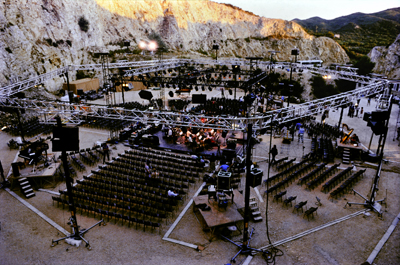
© Daniel Cande / BnF
Répons
Developed in the studios of Ircam, Répons (1981–1984) is a work whose title refers to plainsong. This medieval form, in which a solo singer alternates with a choir, encapsulates some recurrent principles of composition in Pierre Boulez’s work: proliferation of a musical idea from a simple element, alternating between individual play and collective play, audio sources organized in multiple directions. Répons integrates both sounds produced by a computer and traditional instruments. The audience is seated around the instrumental ensemble and is itself surrounded by six loud-speakers that restore the sound in real time.
Architectures virtuosos
Be it setting up a precise project (Ircam, Opéra Bastille or Cité de la Musique) or discussing the creative process, Pierre Boulez has forged privileged dialogues with architects – including Renzo Piano, Christian de Portzamparc and Frank Gehry – while retaining a clear predilection for certain older constructions such as the spiral of New York’s Guggenheim Museum. Pierre Boulez has thus found in architecture a source of practical, aesthetic and political inspiration satisfying his taste for matters of pure virtuosity – “the flying trapeze aspect of a problem overcome”. In Incises (1994) and then sur Incises (1996-1998), he gives free rein to this virtuoso writing.
1998

Cité de la musique, intérieur de la salle des concerts
Crayon sur papier calque, 1991
